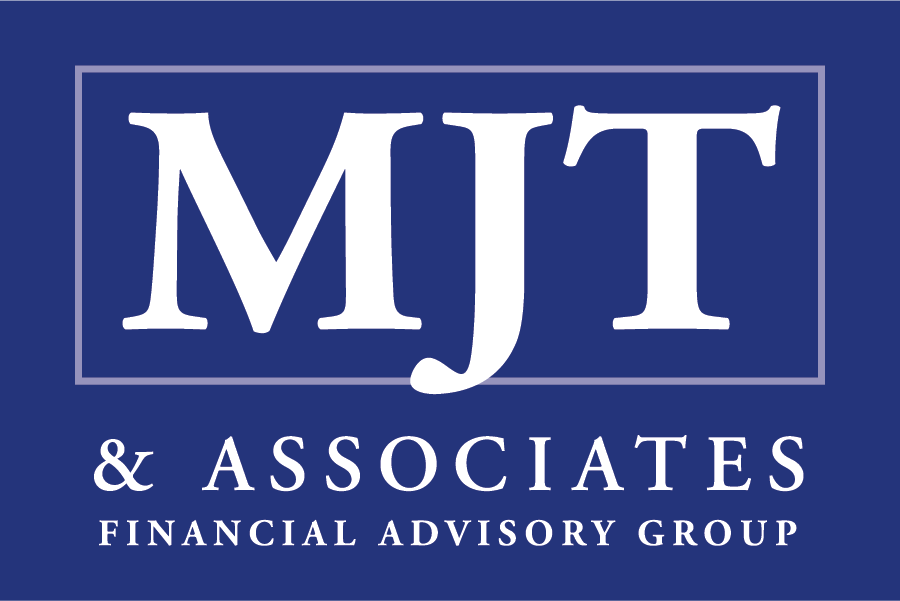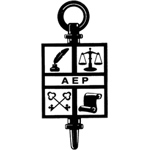Retirement planning is a crucial aspect of financial management that often gets overlooked in the hustle and bustle of daily life. However, in today's rapidly changing economic landscape, securing your financial future has never been more important. With increasing life expectancies and evolving pension systems, the responsibility for ensuring a comfortable retirement has shifted largely to individuals. This makes it essential for everyone to take an active role in planning for their golden years.
The significance of retirement planning becomes even more apparent when we consider the various factors that can impact our financial well-being in later life. Lifestyle goals, healthcare costs, and inflation are just a few of the key elements that need to be carefully considered when mapping out a retirement strategy. Without proper planning, individuals may find themselves facing financial uncertainty or struggling to maintain their desired standard of living during what should be their most relaxing years.
To truly understand the importance of retirement planning, it's crucial to take a comprehensive approach. This means not only focusing on savings and investments but also considering how your retirement goals align with your overall life objectives. Will you want to travel extensively, pursue new hobbies, or perhaps start a small business? These lifestyle choices will significantly impact your financial needs in retirement. Additionally, factors such as potential healthcare expenses and the eroding effects of inflation on purchasing power must be carefully accounted for to ensure your retirement savings can withstand the test of time.
By taking a proactive approach to retirement planning, individuals can gain peace of mind and confidence in their financial future. It allows for the creation of a tailored strategy that addresses personal goals, risk tolerance, and changing life circumstances. Moreover, early and consistent planning provides the opportunity to leverage the power of compound growth, potentially leading to a more substantial retirement nest egg. As we delve deeper into the intricacies of retirement planning, it becomes clear that this is not just a financial exercise, but a crucial step towards securing the freedom and stability we all desire in our later years.
Benefits of Early Retirement Planning and Common Mistakes to Avoid
Starting your retirement planning early is one of the most powerful steps you can take towards securing your financial future. The benefits of early planning are numerous, but perhaps the most significant is the power of compound growth. By investing early, you allow your money more time to grow, potentially leading to a substantially larger nest egg by the time you reach retirement age. This compounding effect can make a significant difference in your financial security, providing you with more options and flexibility in your golden years.
Early planning also offers the advantage of greater adaptability. Life is unpredictable, and starting your retirement planning sooner rather than later gives you more time to adjust your strategy as circumstances change. Whether it's a shift in career, unexpected expenses, or changes in the economic landscape, having a longer runway allows you to make necessary adjustments without derailing your retirement goals. Additionally, early planning can reduce financial stress and provide peace of mind, knowing that you're taking proactive steps towards a secure future.
While the benefits of early retirement planning are clear, it's equally important to be aware of common mistakes that can jeopardize your financial security. One of the most prevalent errors is underestimating retirement expenses. Many people fail to account for the full range of costs they'll face in retirement, including healthcare, which can be a significant expense as we age. It's crucial to create a comprehensive budget that includes not only day-to-day living expenses but also potential medical costs, long-term care needs, and even leisure activities that you plan to enjoy during retirement.
Another common pitfall is failing to account for inflation. Over time, the purchasing power of your savings can be eroded by rising prices, meaning that what seems like a substantial nest egg today may not stretch as far as you expect in the future. It's essential to factor in inflation when setting your retirement savings goals and consider investment strategies that can help your money grow faster than the rate of inflation. Additionally, many individuals make the mistake of relying too heavily on Social Security benefits without fully understanding how these benefits work or how they fit into their overall retirement plan.
By understanding these common mistakes and the importance of early planning, you can take control of your retirement strategy and avoid potential pitfalls. Remember, retirement planning is not a one-time event but an ongoing process that requires regular review and adjustment. By starting early and staying informed, you can build a solid foundation for a financially secure and enjoyable retirement.
Essential Steps to Create a Solid Retirement Plan and Retirement Savings Options
Creating a solid retirement plan is a crucial step towards securing your financial future. The process begins with a thorough assessment of your current financial situation. This includes taking stock of your assets, liabilities, income, and expenses. By understanding where you stand financially, you can better determine what steps are necessary to reach your retirement goals.
Once you have a clear picture of your current finances, the next step is to set realistic retirement goals. Consider factors such as your desired lifestyle in retirement, potential healthcare needs, and any legacy you wish to leave behind. It's important to be specific and quantify these goals as much as possible. For example, rather than simply aiming to "live comfortably," determine how much monthly income you'll need to support your desired lifestyle. This level of detail will help you create a more accurate and achievable savings strategy.
With your goals in place, it's time to explore the various retirement savings options available. One of the most common vehicles is the 401(k), often offered by employers. These plans allow you to contribute pre-tax dollars, potentially lowering your current tax burden while saving for the future. Many employers also offer matching contributions, essentially providing free money towards your retirement. Individual Retirement Accounts (IRAs) are another popular option, available in traditional and Roth varieties. Traditional IRAs offer tax-deductible contributions and tax-deferred growth, while Roth IRAs provide tax-free withdrawals in retirement. Annuities can also play a role in retirement planning, offering a guaranteed income stream in exchange for an upfront investment.
Each of these retirement savings vehicles has its own set of benefits and potential drawbacks. For instance, while 401(k)s offer high contribution limits and potential employer matches, they may have limited investment options. IRAs provide more investment flexibility but have lower contribution limits. Annuities can provide guaranteed income, but often come with high fees and less liquidity. The key is to understand these options and how they fit into your overall retirement strategy. By diversifying your retirement savings across different vehicles, you can potentially maximize your benefits and minimize risks.
Role of Investments in Retirement Planning and Benefits of Working with a Financial Advisor
Investments play a crucial role in retirement planning, serving as the engine that drives the growth of your savings over time. A well-diversified investment portfolio is essential for balancing potential returns with an appropriate level of risk. By spreading your investments across various asset classes such as stocks, bonds, and real estate, you can potentially maximize growth opportunities while protecting against market volatility. This diversification strategy is particularly important in retirement planning, as it helps safeguard your nest egg against economic downturns and ensures a more stable income stream during your golden years.
While creating and managing an investment portfolio for retirement can be complex, working with a financial advisor can provide invaluable guidance and expertise. A skilled advisor can help you navigate the intricacies of retirement planning, offering personalized strategies tailored to your unique financial situation, goals, and risk tolerance. They can assist in selecting appropriate investment vehicles, optimizing tax strategies, and adjusting your plan as life circumstances change. Moreover, a financial advisor can provide objective insights and help you avoid emotional decision-making during market fluctuations, ensuring that your retirement strategy remains on track.
The benefits of working with a financial advisor extend beyond investment management. They can help you make informed decisions about complex financial matters such as Social Security claiming strategies, healthcare planning, and estate planning. As your life evolves, your advisor can help you adapt your retirement plan to accommodate changes in your career, family situation, or financial goals. This ongoing support and expertise can be instrumental in helping you achieve and maintain financial security throughout your retirement years.
Taking control of your financial future through proactive retirement planning is one of the most important steps you can take towards ensuring a comfortable and secure retirement. By understanding the significance of retirement planning, starting early, avoiding common mistakes, and leveraging the power of investments and professional guidance, you can create a robust strategy that aligns with your long-term goals. Whether you're just beginning your career or nearing retirement age, now is the time to start or refine your retirement plan. Remember, the journey to a secure retirement begins with a single step – take that step today and set yourself on the path to financial freedom and peace of mind in your golden years.











